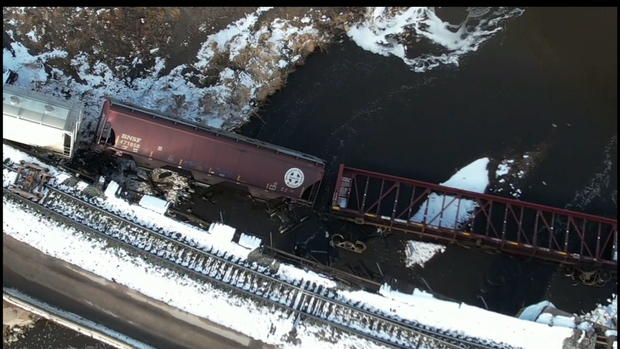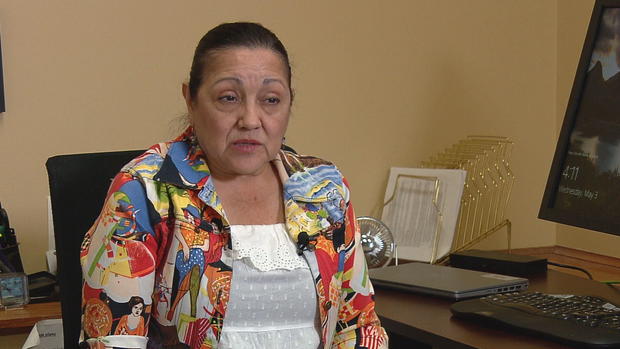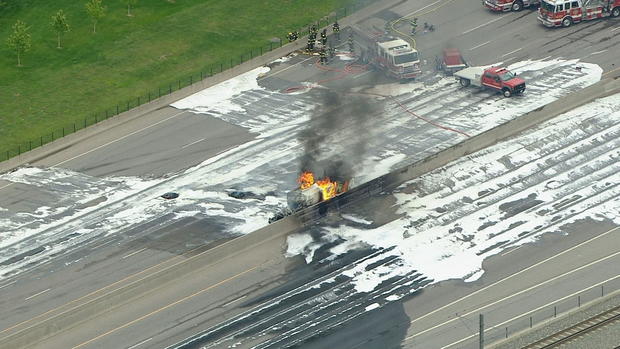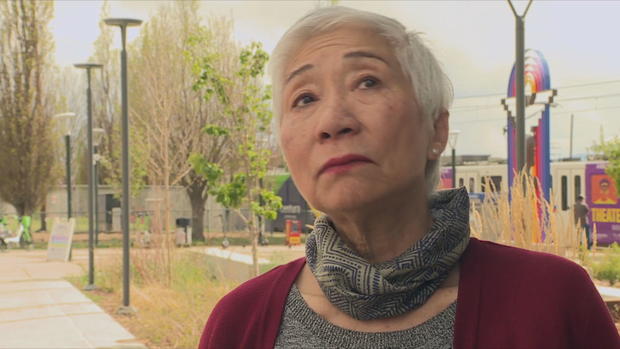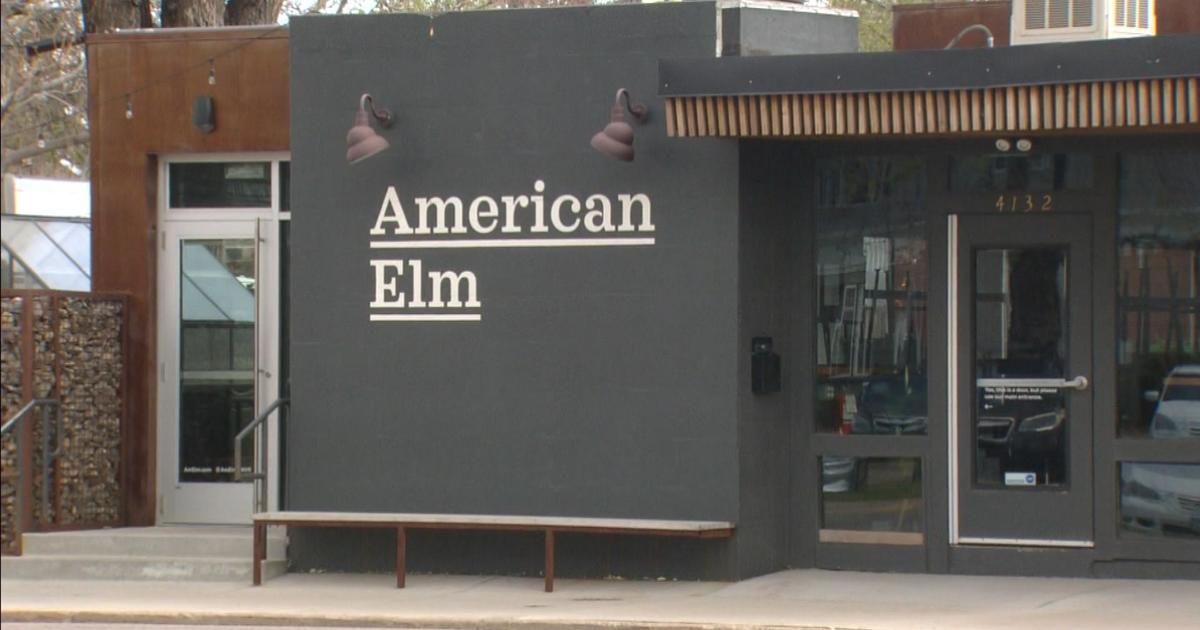"Catastrophic" hazmat incident in Denver is "highly likely," new study shows
The massive crash, smoke and fire from a derailment of tanker train cars in East Palestine, Ohio brought national attention to trains and rail safety.
Now, CBS News Colorado is learning Colorado ranks 26th for total train crossing accidents nationwide, a recent study found.
RELATED: Crews release toxic chemicals from derailed train cars in Ohio
Last year, a train derailed in Denver's Globeville neighborhood with three train cars plunging into the South Platte River. Fortunately, no one was injured.
But community members like Stella Yu worry for the future.
"To see buildings that are so close to the rail line has given us a lot of concerns, pollution is one thing, and if there's any kind of accident that happened, toxic air, any of the spills would really impact the neighborhood around," she told us.
RELATED: BNSF train derails in Denver, sends 3 empty cars into South Platte River
CBS News Colorado obtained an engineering study, commissioned by the city of Denver, evaluating Denver's freight train infrastructure.
It shows a catastrophic hazardous materials incident is "highly likely," and more than 100,000 train cars carrying hazardous substances rolled through Denver in 2021, carrying gasoline, oil, sulfuric acid and sodium hydroxide. The study also says freight is only expected to increase over the next few years.
"This is all about public safety," said Denver City Councilwoman Debbie Ortega, who pushed for the study to be conducted.
Ortega has served on Denver's Local Emergency Planning Committee for several years, and has become more closely aware of the city's risks. She says the study provided numerous recommendations the city could adopt to make Denver safer.
Read the full engineering study by scrolling to the bottom of this page.
"The hope is that, as a city, we can be a model for other cities across the country to be able to look at how to do it right, and how to make sure we're doing everything we can to address the public safety factor," Ortega said.
She's proposing an ordinance which would create more safety requirements for new building permits near train tracks, including a 100-foot buffer and evacuation plans. While the city doesn't have control of the safety of railroads themselves, Denver can control the land-use regulations around them.
"We want to make sure that we've done everything we can to protect the people who will be living and working in these new buildings adjacent to the tracks," said Ortega.
But it's not just trains that pose a risk for hazmat incidents. Federal data shows there's a higher likelihood for hazmat truck crashes on Colorado highways than for train crashes on rail lines.
In Colorado, for every incident causing monetary damages that occurred on railroad tracks in the past 10 years, there were five more hazmat incidents on highways.
Data from the Pipeline and Hazardous Materials Safety Administration also shows the number of hazmat incidents on Colorado roads have increased by 60%, costing over $13 million in damages in the past decade, like a fiery crash in 2017 on Interstate 25 near Orchard Road that left one person injured.
That fire burned for more than three hours.
CBS News Colorado found hazardous and nuclear materials are allowed to travel on highways built close to residential areas, like up Interstate 25 directly through Denver and across most of Interstate 70, which stretches through Denver, adding an additional layer of concern for people living close to both interstates and rail lines.
See a map of hazmat routes by clicking here.
Colorado State Patrol's Hazmat Unit says the routes rarely change, and that a variety of factors are considered when the state grants route permit requests, including the distance the substance has to travel, potential exposure, and access for emergency services.
To petition to remove a highway — or section of highway — from the route list, the petitioner would first need to start with local leadership, CSP says.
Community members like Yu would like to see change begin with freight trains.
"We've moved airports very far from the urban center. Can we do that with trains?" Yu asked.
Yu has lived in Denver's La Alma-Lincoln Park neighborhood for more than 20 years. For nearly as many years, she's been trying to address community concerns about the proximity of trains. She hopes this year's study will finally be a catalyst for change.
"Train tracks are built around people," Yu said. "They're really for delivering goods and services, and we just need it for mostly for goods, and it's still necessary, but perhaps toxic materials can be transported a little further away."
The city paid over $100,000 for the engineering study, a cost Ortega says is well worth it.
Her proposed ordinance hasn't made it out of committee yet, but she's hopeful it will be approved this summer.
The entire study is below. If you're having difficulty viewing it on your device, click here.
RELATED: Hazmat road accidents in the U.S. have more than doubled in the past decade | Rising number of lithium battery incidents on airplanes worry pilots, flight attendants | Hazmat incidents on planes in and out of Colorado more frequent than you might think | 1 person dies in Colorado coal train derailment that still has Interstate 25 shut down north of Pueblo
